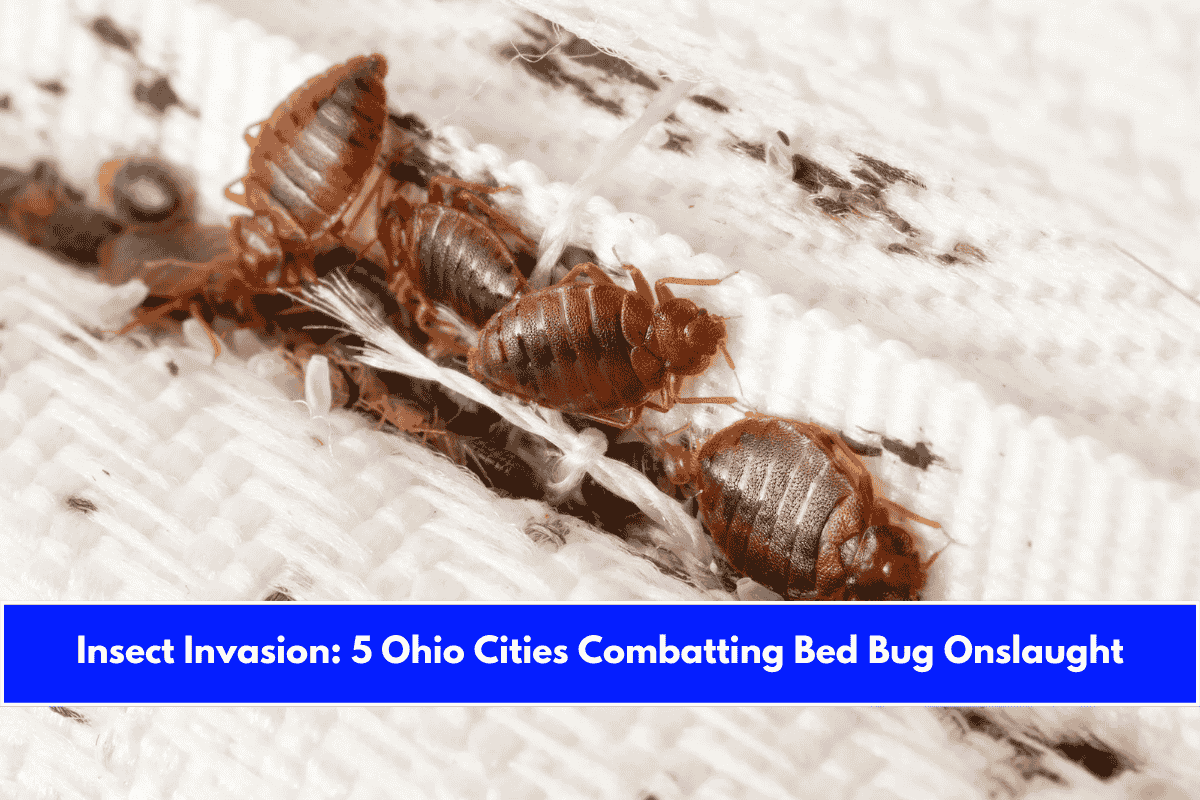Bed bugs have become a persistent and costly nuisance in Ohio, with several of the state’s largest cities consistently ranking among the worst in the nation for infestations. Recent data from leading pest control companies and academic studies highlight the scale of the problem and the unique challenges faced by Ohio’s urban centers.
Ohio’s Bed Bug Hotspots: The Top 5 Cities
According to the latest rankings based on pest control treatment data, the five Ohio cities most affected by bed bugs are:
- Cleveland-Akron (Ranked #4 nationally)
- Columbus (#11)
- Cincinnati (#12)
- Youngstown (#20)
- Toledo (#32)
Dayton also appears on the list at #33, underscoring the widespread nature of the issue across the state.
Why Are Ohio Cities So Vulnerable?
Several factors contribute to the high rates of bed bug infestations in Ohio’s major cities:
- Interconnected Urban Centers: Major highways like I-71 link Cleveland, Columbus, and Cincinnati, making it easy for bed bugs to hitchhike between cities on travelers’ clothing and luggage.
- Dense and Multi-Tenant Housing: Apartments, condos, and other multi-unit dwellings provide ideal conditions for bed bug spread, as the pests can easily move between units.
- Socioeconomic Challenges: Low-income and overcrowded neighborhoods face higher risks due to limited resources for pest control and a greater likelihood of improper disposal of infested items, which can further spread the bugs.
- High Population Mobility: Ohio’s cities are within a day’s drive of much of the U.S. population, increasing the risk of bed bugs being introduced and spread through frequent travel and commerce.
The Impact and Spread
Studies show that bed bug infestations in Ohio have grown rapidly over the past two decades. Treatment numbers have soared in major counties, with tens of thousands of cases annually in cities like Columbus and Cleveland-Akron.
The pests are not limited to residential homes; infestations are also common in hotels, nursing homes, and other communal facilities.
How Cities and Residents Are Fighting Back
Efforts to combat the bed bug crisis in Ohio include:
- Public Education: Authorities and pest control companies emphasize the importance of early detection, proper cleaning, and professional extermination to prevent the spread.
- Integrated Pest Management: Multiple strategies, including heat treatments, vacuuming, and mattress encasements, are used to control infestations. Residents are urged not to misuse pesticides or discard infested furniture improperly, as this can worsen the problem.
- Travel Precautions: Travelers are advised to inspect hotel rooms, keep luggage elevated, and wash and dry clothing on high heat after trips to reduce the risk of bringing bed bugs home.
Prevention Tips for Ohioans
- Regularly inspect sleeping areas and furniture for signs of bed bugs.
- Reduce clutter to make detection easier.
- Carefully examine secondhand furniture before bringing it home.
- Use protective mattress covers and cover electrical outlets where bed bugs may hide.
- Contact professional exterminators at the first sign of infestation.
Cleveland-Akron, Columbus, Cincinnati, Youngstown, and Toledo are at the forefront of Ohio’s ongoing battle with bed bugs. The convergence of dense urban living, socioeconomic factors, and high mobility has made these cities hotspots for infestations.
Continued vigilance, public education, and prompt professional intervention remain crucial in the fight against this resilient pest.
Sources:
- https://spectrumnews1.com/oh/columbus/news/2024/01/23/ohio-cities-bedbugs
- https://bedbugbbq.com/why-do-ohios-major-cities-have-so-many-bed-bug-infestations/
- https://pmc.ncbi.nlm.nih.gov/articles/PMC7913827/
- https://www.orkin.com/press-room/2024-worst-cities-for-bed-bugs











Leave a Reply